Artist Interview | Leanne Trivett S.
Introducing Leanne Trivett S., an identity-exploring artist based in the USA.

When it comes to your art, explain what you do.
I am a visual artist and photographer using photography as a vessel for self-inquiry, emotional resonance, and lyrical storytelling. My work moves between self-portraiture, experimental florals, abstraction and emotion—where identity is layered, abstracted, and continuously reimagined. Inspired by my background in theatre and vocal performance, I love transformation and use techniques such as ICM, blur, layering, and multiple exposures. These methods allow me to move beyond the literal and into a dreamlike terrain. Each frame is a gesture of curiosity, a fragment of a story unfolding in the space between self and viewer. In every piece, I hope to build a bridge that reaches from the depths of my inner world to the heart of the viewer, where vulnerability meets vision and self-recognition, and humanity reflects back.
What project are you working on now?
I have been working with a collection of images from my trip to San Sebastián, Spain, in April 2024. Several projects have risen from these emotional images, and I enjoy letting my heart lead. One of the projects is titled Te Amo: A Visual Love Letter and is a celebration of the tender connection between my husband, Roderick, and me, captured through the lens during a soul-stirring journey to San Sebastián.
Why do you do what you do?
I create because my emotion needs a voice, and images let me speak without words. Through photography, I explore the quiet dramas of identity and memory—the unseen, the felt, the forgotten. Storytelling guides me, but the raw, abstracted emotion drives me to turn the invisible into something visible, bold, and true.

How has your practice changed over time?
Over time, my practice has deepened. The tools I once learned to master now serve as vessels—for memory, emotion, and the quiet transformations of life. My process has grown more intuitive, more personal, as I use light, texture, and narrative to explore the shifting landscape of identity and time. My art grows as I do—always reaching, always becoming.
What is your strongest childhood memory?
One of my strongest childhood memories is sitting with my family on the porch of the old Wonderland Hotel in Gatlinburg, Tennessee—now gone but alive in me. My grandparents helped to keep it open, and I remember the handmade biscuits, mountain music, and the quiet nights without TV. I remember the cold creek water, the smell of the forest trail, and the feeling that we had slipped into a quieter world held by nature and time.
What is your scariest experience?
A few years ago, I had a freak accident breaking one leg and injuring the other. I spent six months in a wheelchair—suspended in stillness while the world carried on. It was scary to me—not knowing how this would impact my life. It was a forced pause, a quiet reckoning. I spent that time thinking about the slow, invisible art of healing—how the body remembers, how it relearns. Learning to walk again was more than recovery; it was a transformation. It taught me humility and the beauty of fragility. I have fully recovered, and that experience lives in my work now—in the spaces between motion and stillness, in how I hold emotion and form with more care and reverence.

Describe a real-life experience that inspired you.
My education in New York City at New York University lit a fire in me! I studied acting, music, and dance and my time there was filled with inspiration—surrounded by wildly talented actors, singers, dancers, and the hum of creativity on every block. The city itself was a living classroom: museums, music, international food, and endless movement. Art wasn’t just something I studied—it was something I breathed in, day and night. That energy, that intensity, still lives in my work today.
What superpower would you like to have and why?
If I could have any superpower, I would choose teleportation—the ability to dissolve distance in an instant. I’m drawn to the idea of moving freely through the world, slipping between landscapes and lives without borders. To witness new places in a heartbeat, to be present where I’m needed, to see and feel more deeply—this speaks to me. It’s about the beauty of arriving fully, again and again.
What is your dream creative project?
My dream project is to create a solo show where each piece becomes larger than life—printed large on acrylic, capturing the drama and emotion of life. I imagine the space filled with vibrant energy—a celebration not just of art but of living. The gallery would be an immersive experience where the five senses converge: lively music, fun eats, and activities that invite participation. It would be a fabulous party—bringing people together to share stories, and emotions. A party of life where art breathes, touches, and connects us all.

Which place in the world do you find to be the most inspiring?
I am drawn to Paris, France, where incredible art and culture are around every corner. There’s something intoxicating about the way the light falls on the cobblestone streets, the quiet hum of a café, the soft rhythm of jazz spilling into the evening air. It’s a place where creativity flows naturally, where history and romance are woven into the fabric of daily life.
What is your pet peeve about the art world?
One of my pet peeves in the art world is when others try to dictate what my art should be. Art, for me, is an intimate dialogue between heart and medium. It’s a journey. I believe in following the impulse, the gut feeling, the emotional pull that guides me—letting the work unfold naturally.
What is the best piece of advice you’ve ever received?
The best advice I’ve ever received was simply to follow my heart, trust my own path, and stay true to myself. It’s a reminder to create the art that moves me, not the art that’s expected of me. In embracing this, I’ve found that the most powerful work comes from the space where passion and authenticity meet—where my soul speaks freely through the medium.

Do you make a living off of your art?
I’m deeply grateful for the chance to teach and sell my work—it allows me to continue creating. But at the heart of it all, I’m in this for the love of art. It’s the process, the expression, the connection that drives me, not the pursuit of profit. True fulfillment comes from the act of creation and the moments where my work resonates with others.
What are your hobbies?
I find inspiration in travel, where each new place becomes a canvas of experiences. Music has been with me my entire life and flows through my days. Whether through song or the pulse of theatre, it’s a language that feels like second nature, flowing from my dreams into my world. Music and art are my constant companions, shaping the way I see and experience the world and giving voice to my imagination.
What’s the most indispensable item in your studio/practice?
Lights and flowers!

Creatively, where do you see yourself in the next five years?
I envision a future where I can continue creating art, teaching, and collaborating with other artists. There’s a deep fulfillment in working alongside fellow artists, exchanging inspiration and energy that sparks something new. Working with others in different capacities brings me a sense of fulfillment that inspires and motivates me. The exchange of ideas and the shared experience of creating truly drives me.
Thank you, Leanne Trivett S., for letting us peer into your creative journey.
Leanne Trivett S.
USA
www.LeanneTrivettSphotography.com

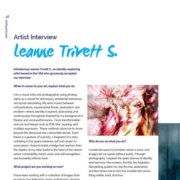
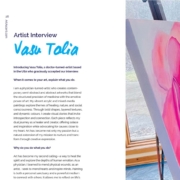

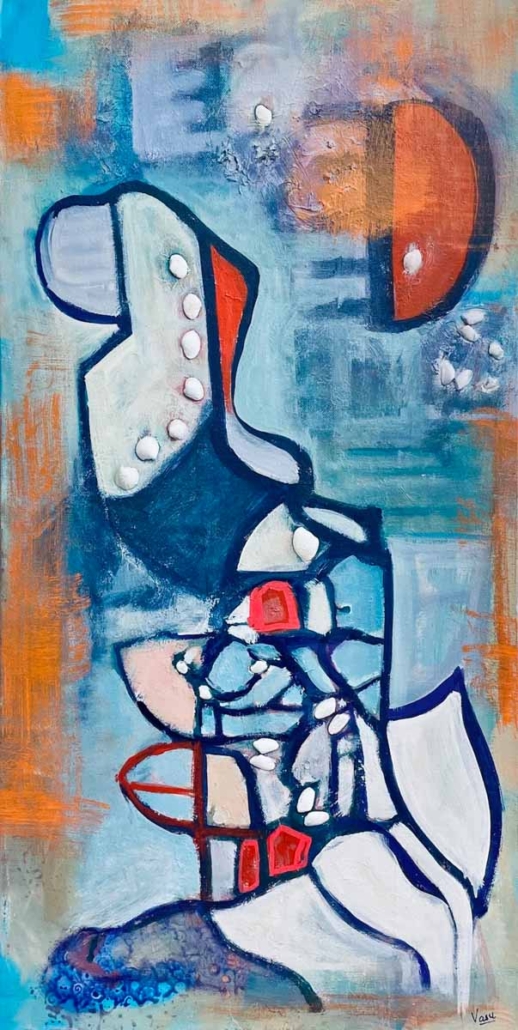
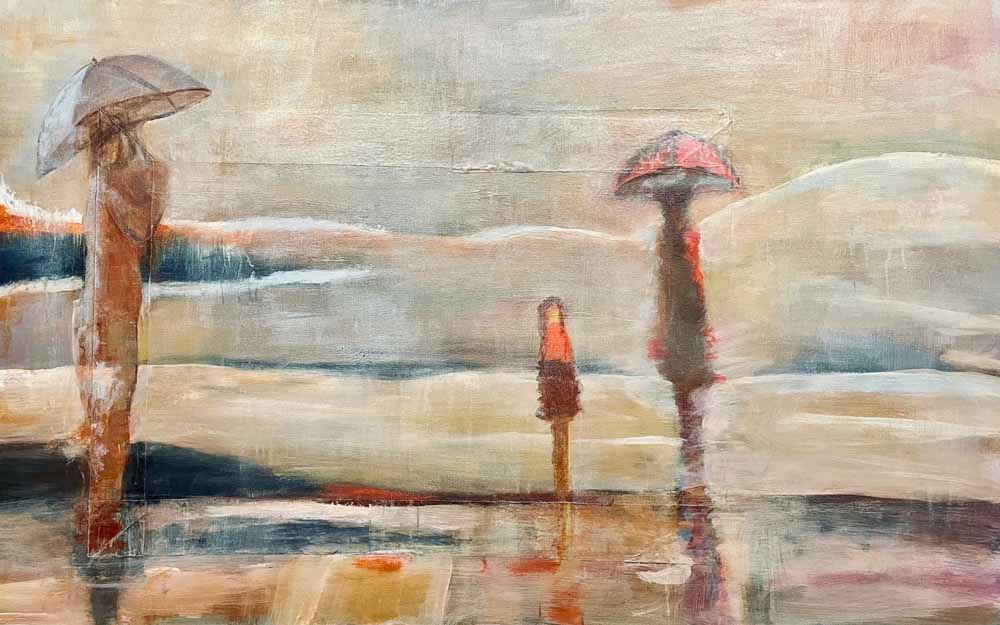
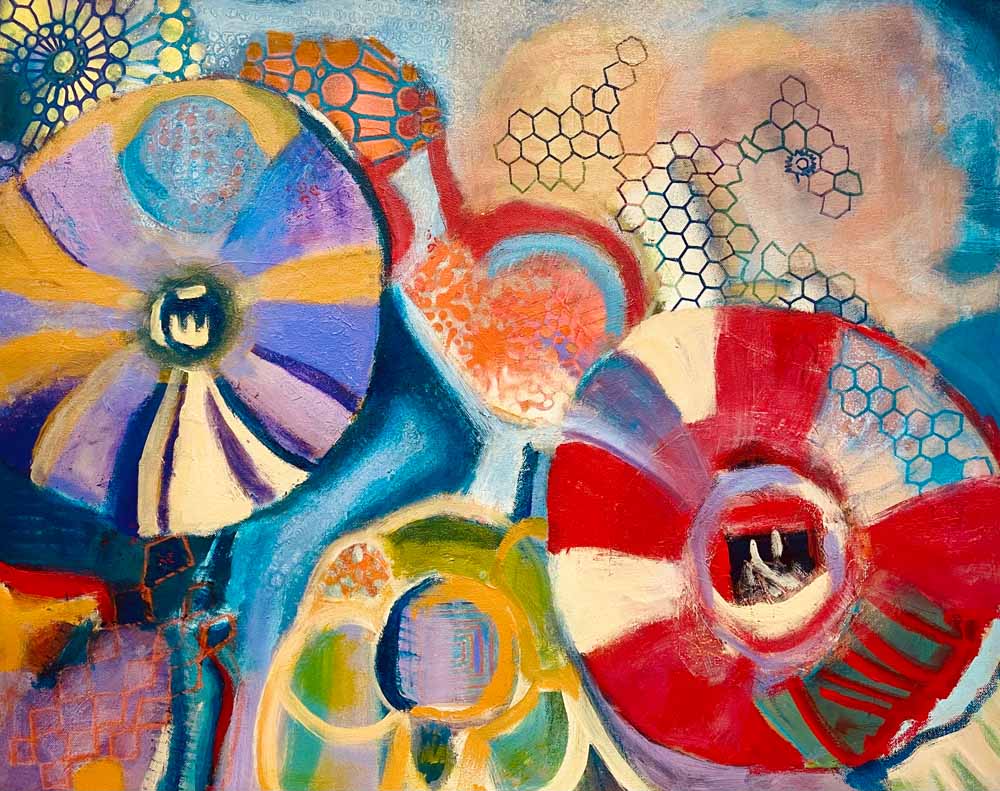
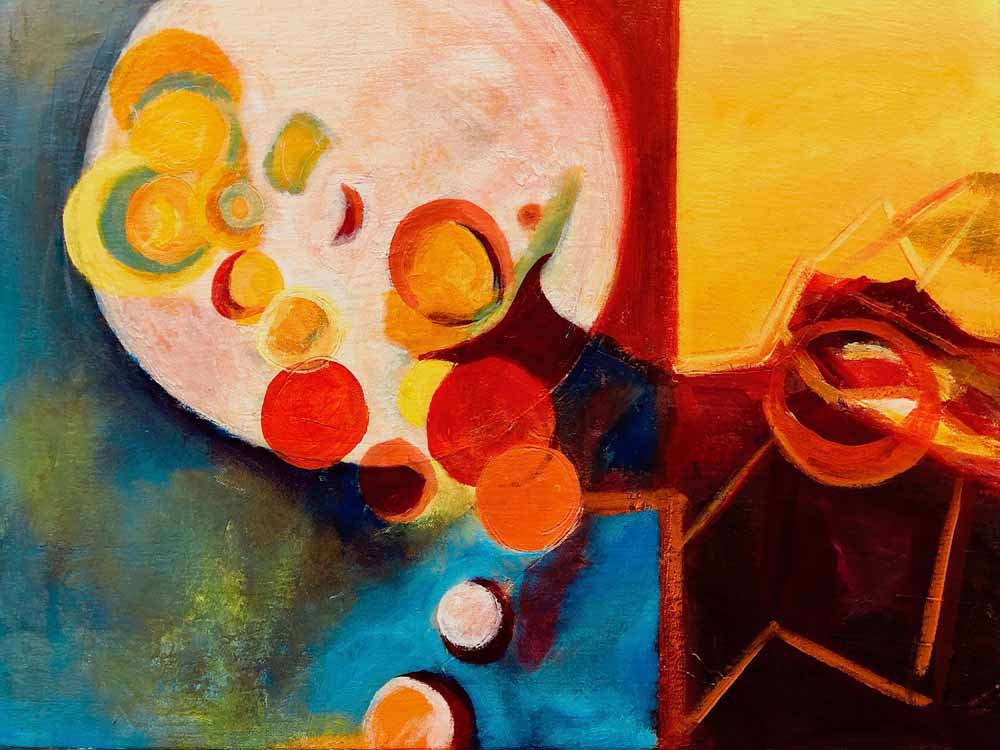
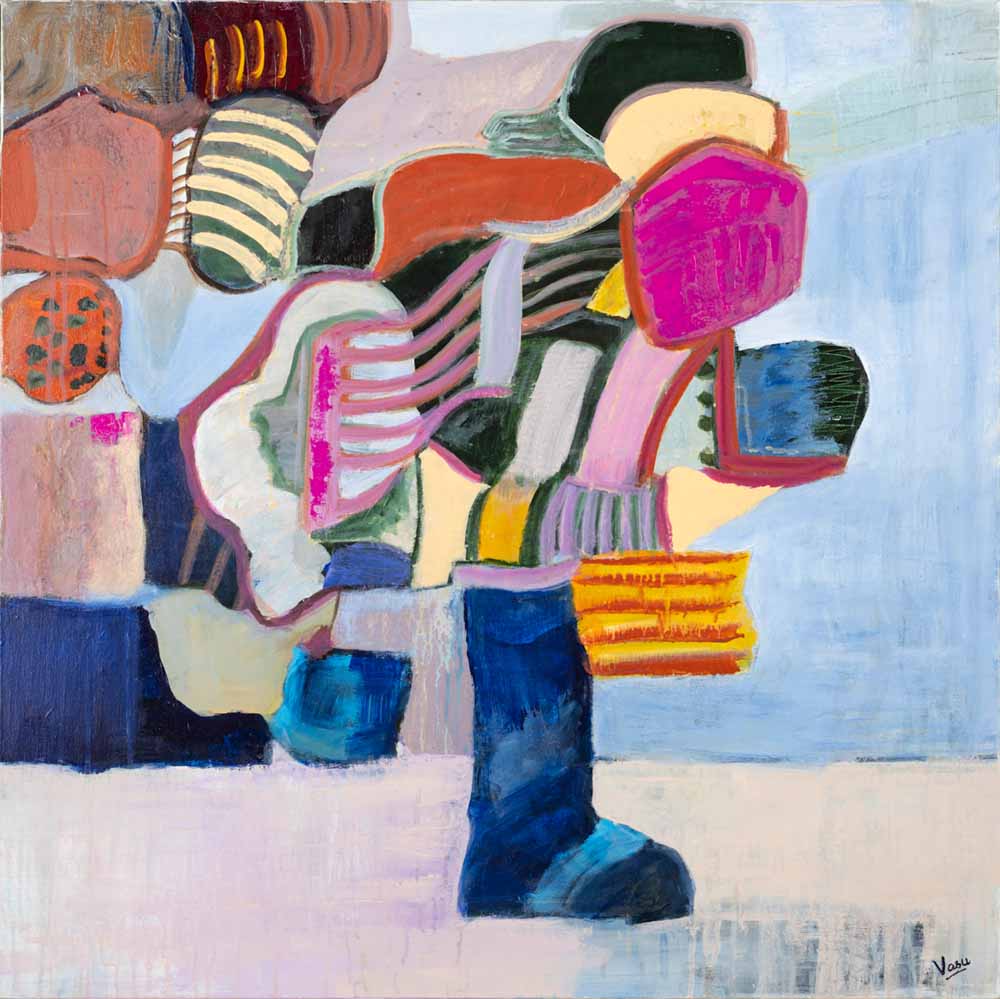
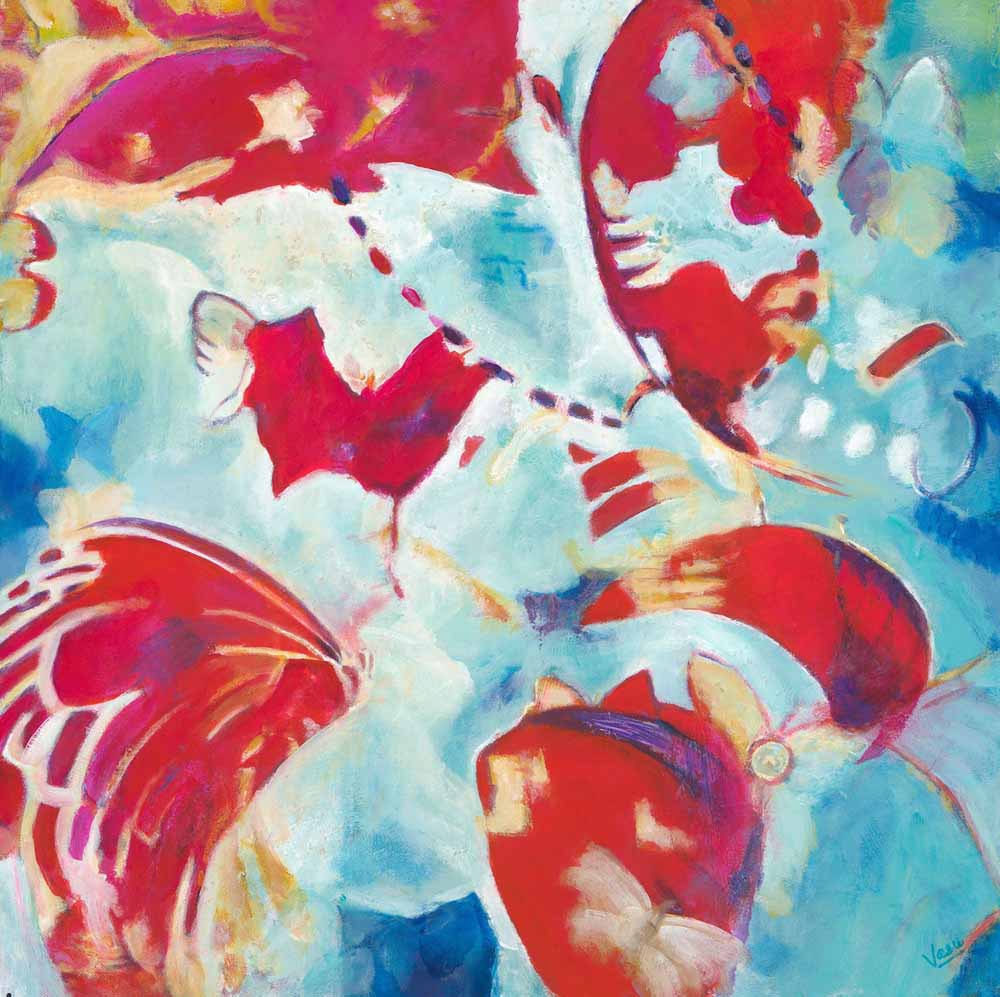
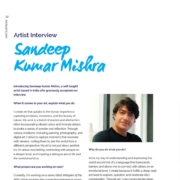
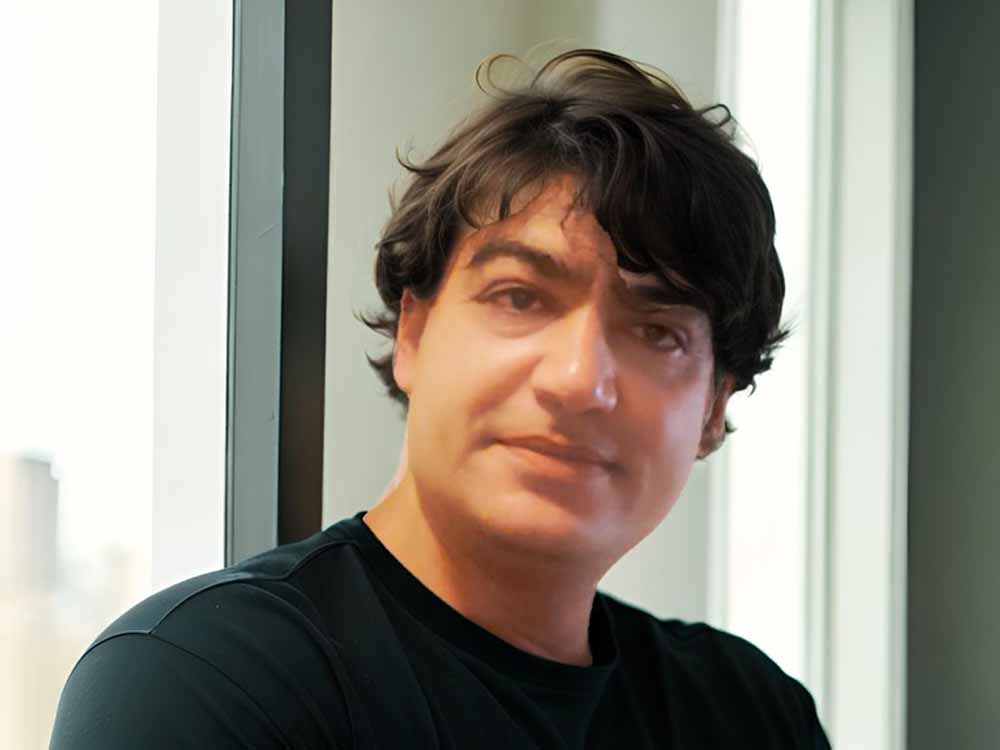


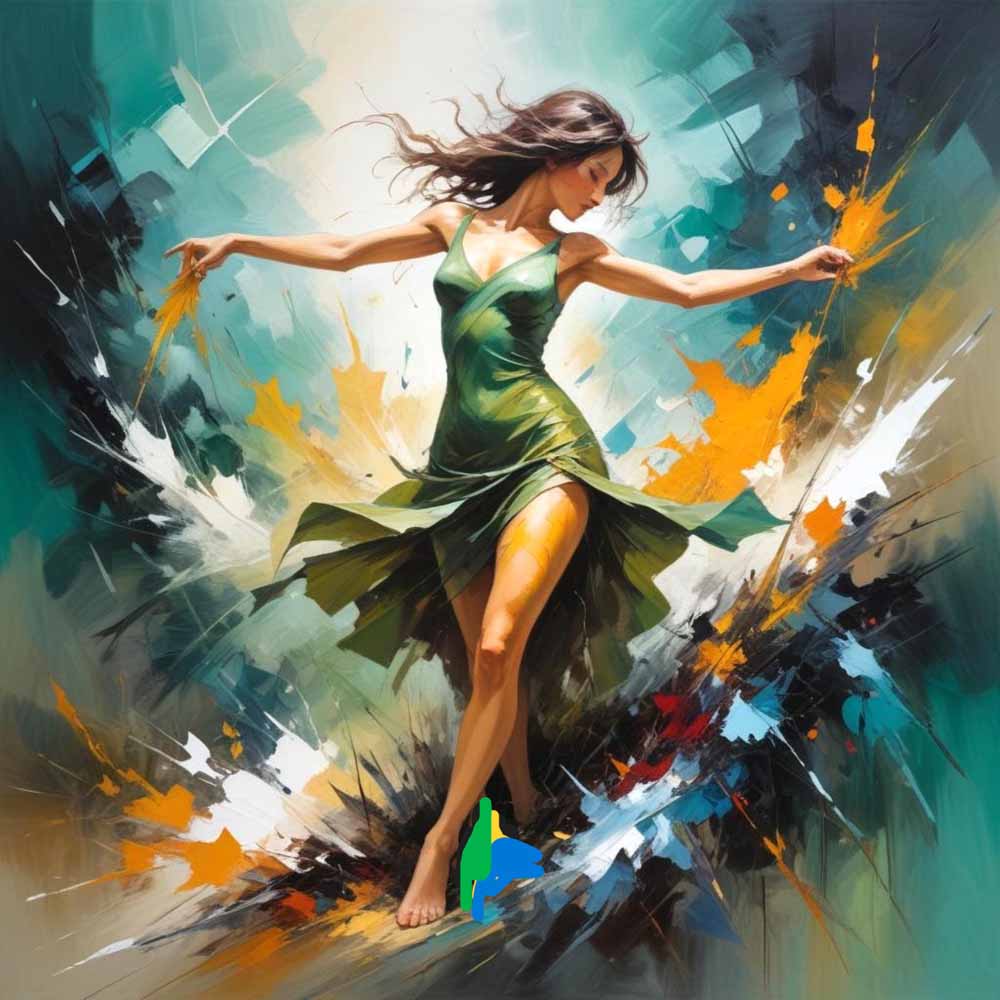
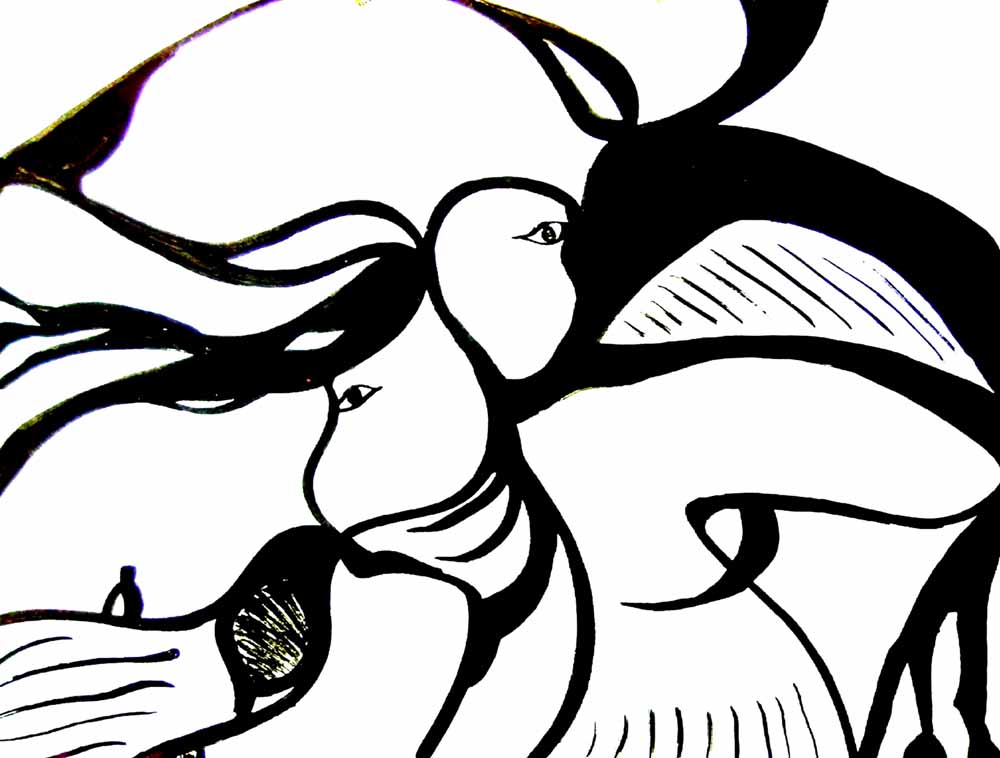
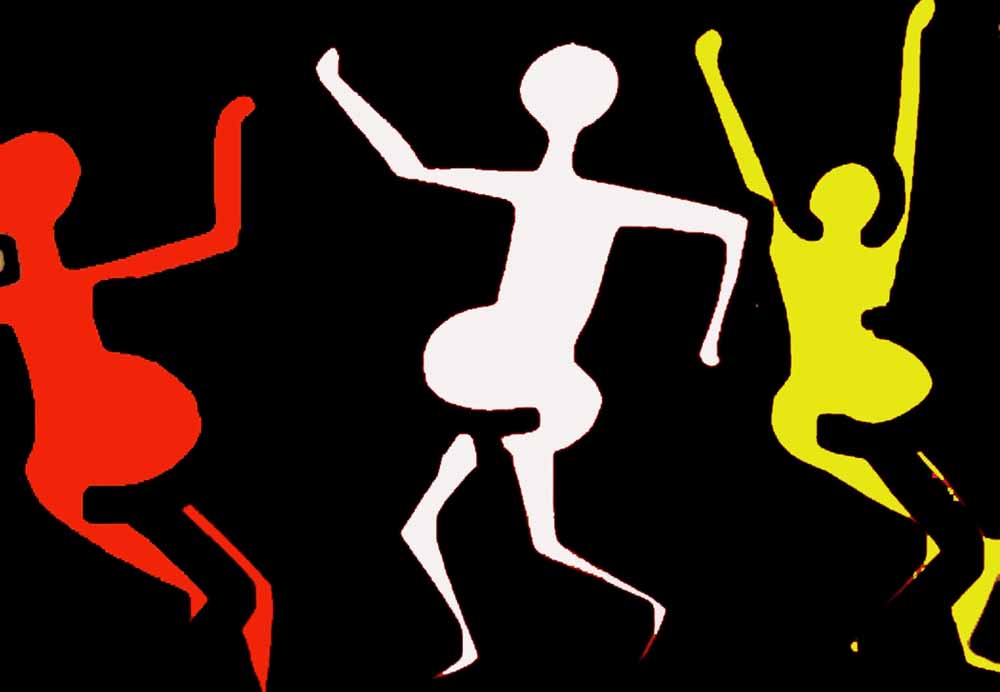


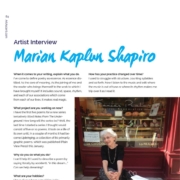

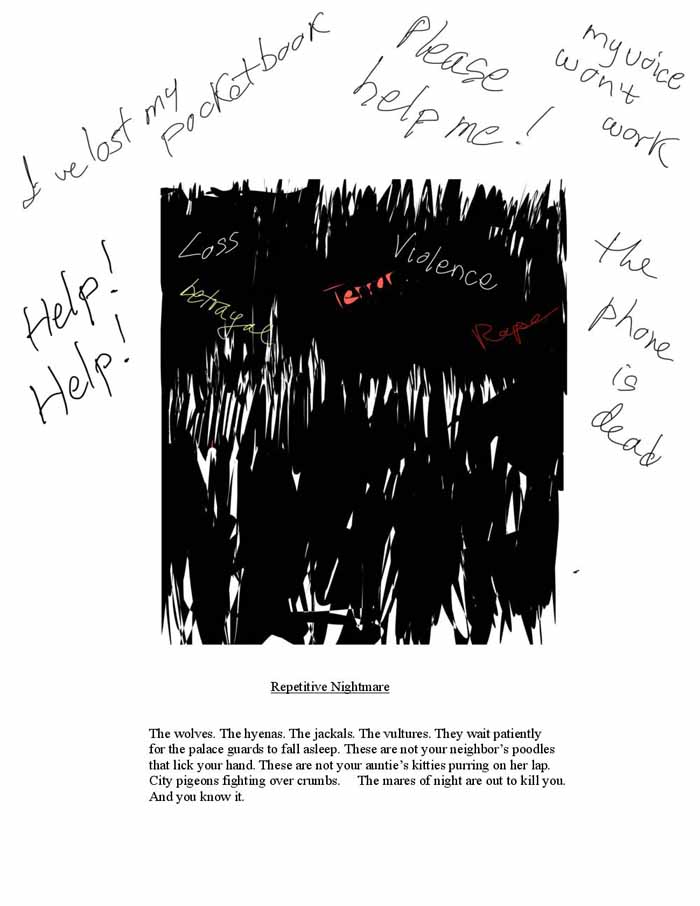

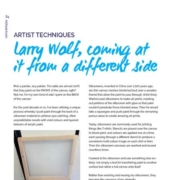
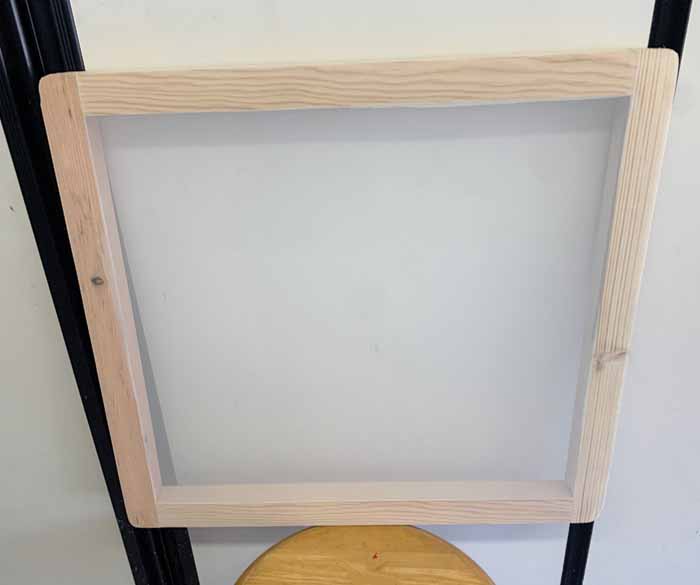
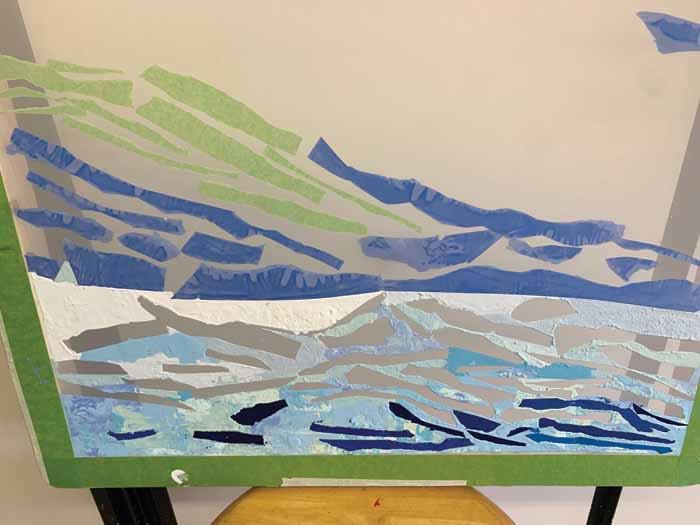

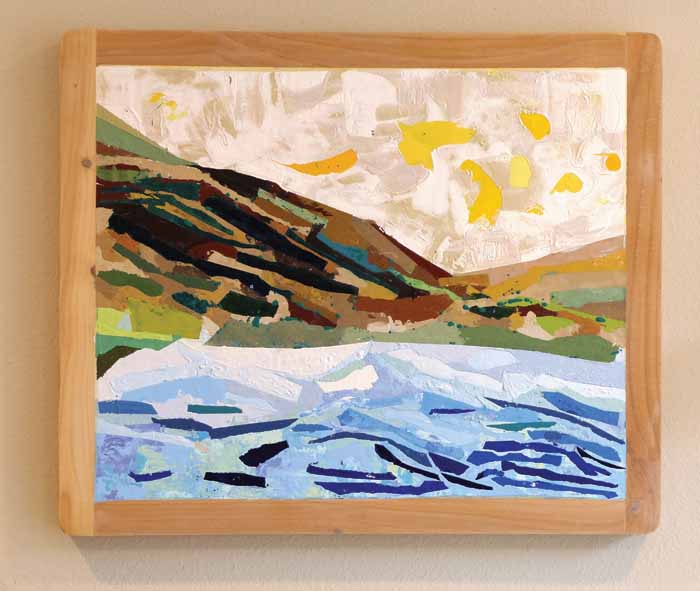
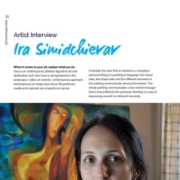

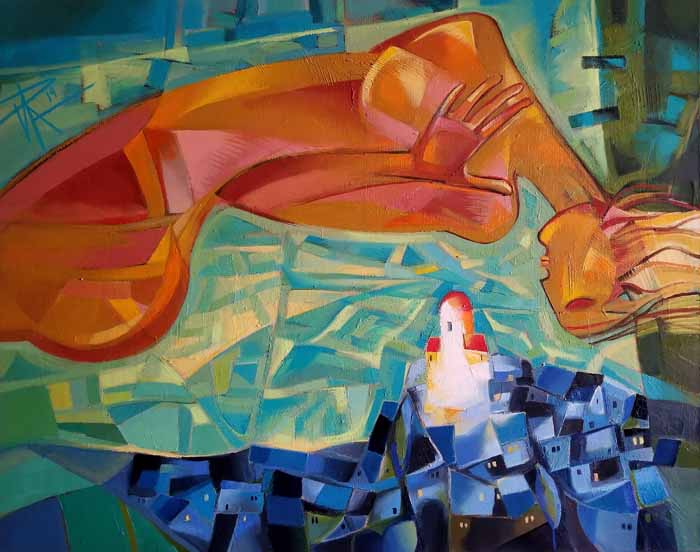

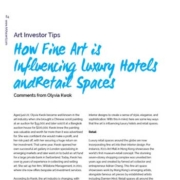

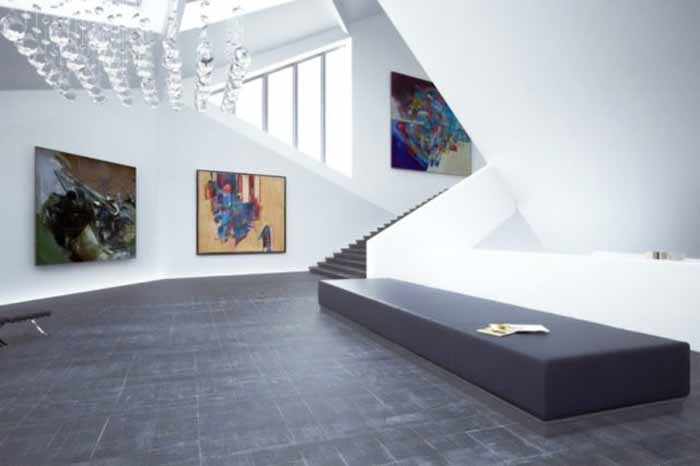
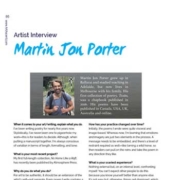
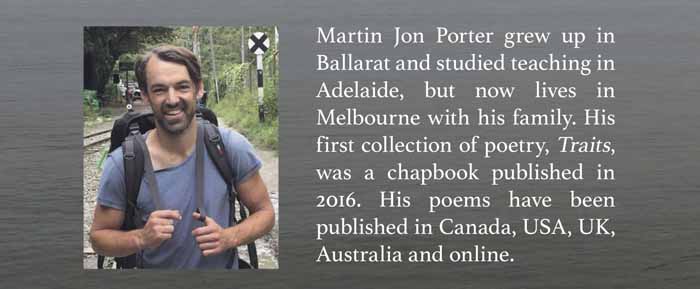
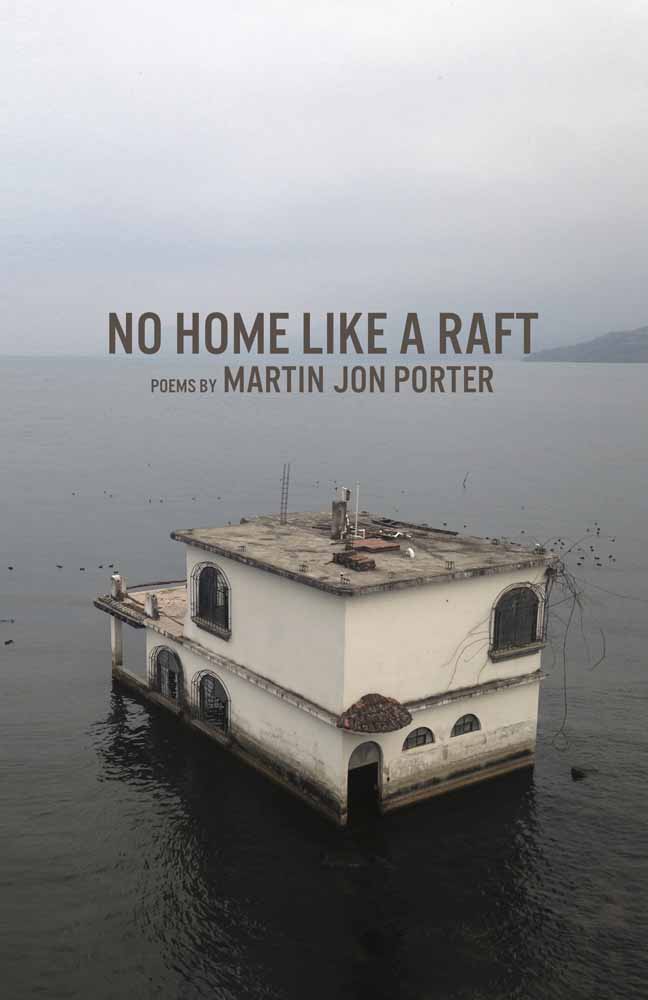



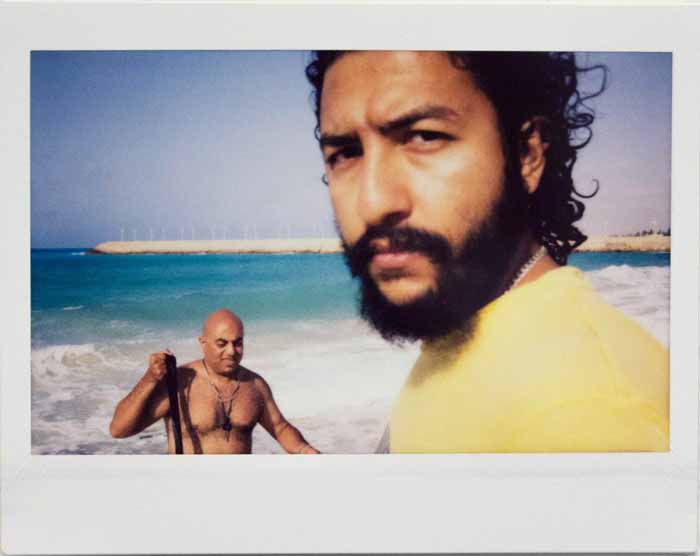
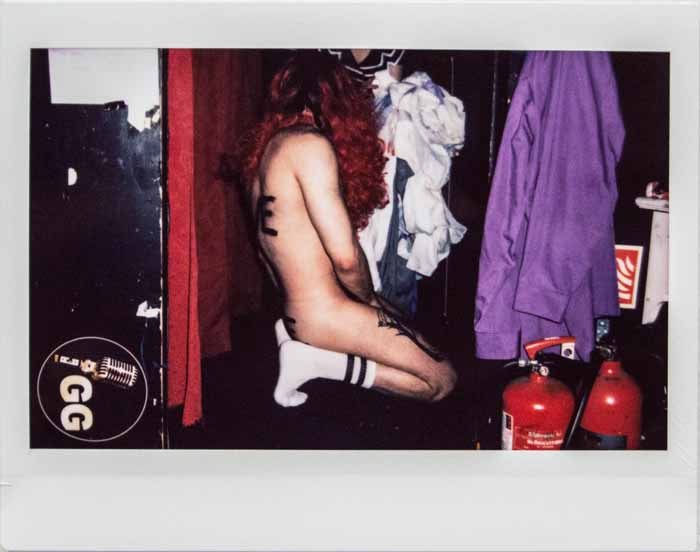
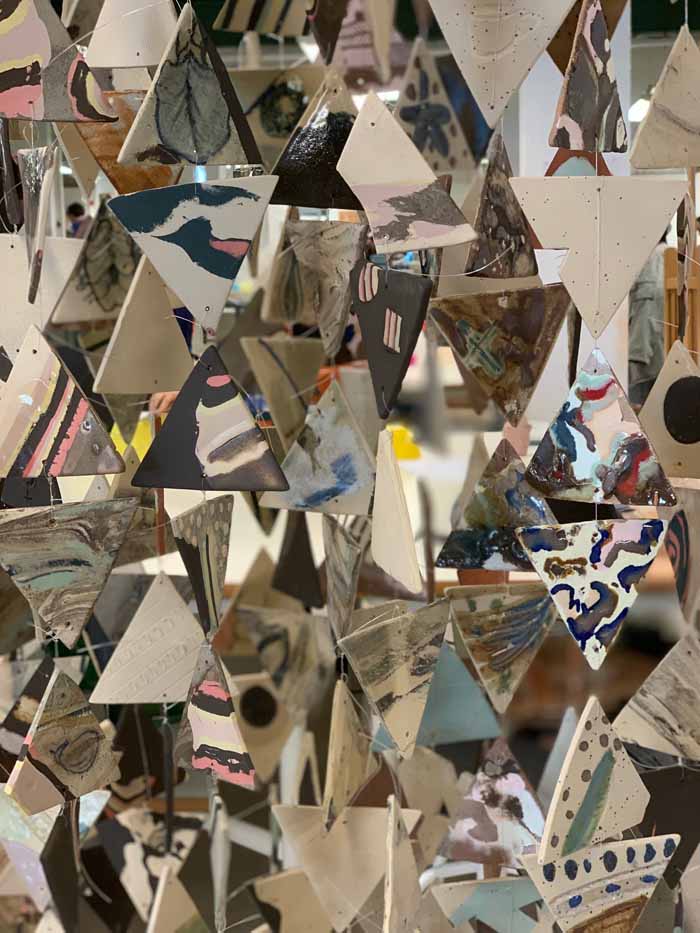


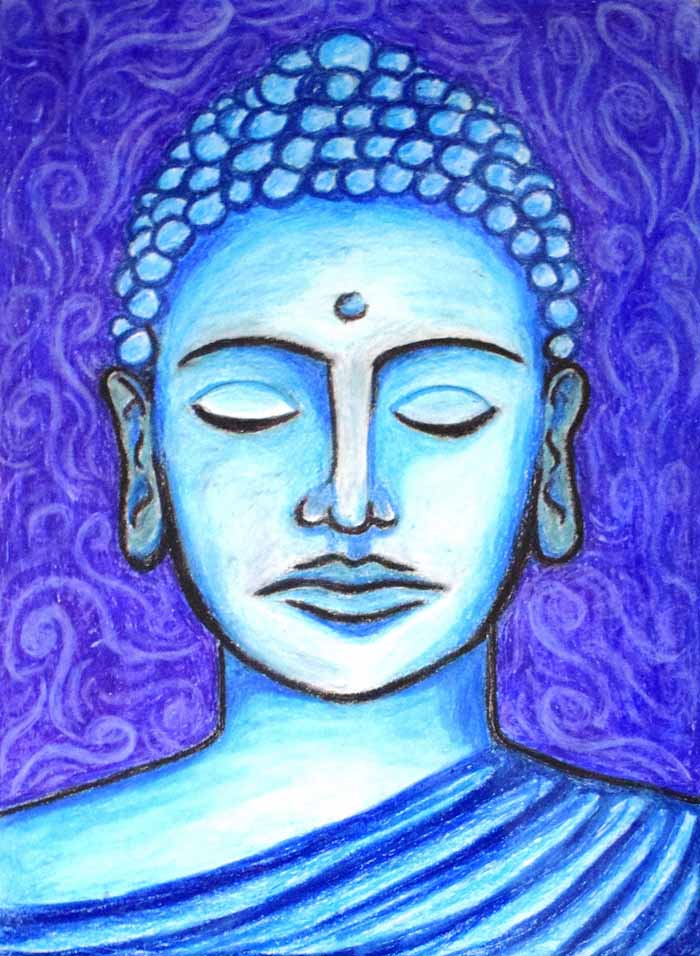
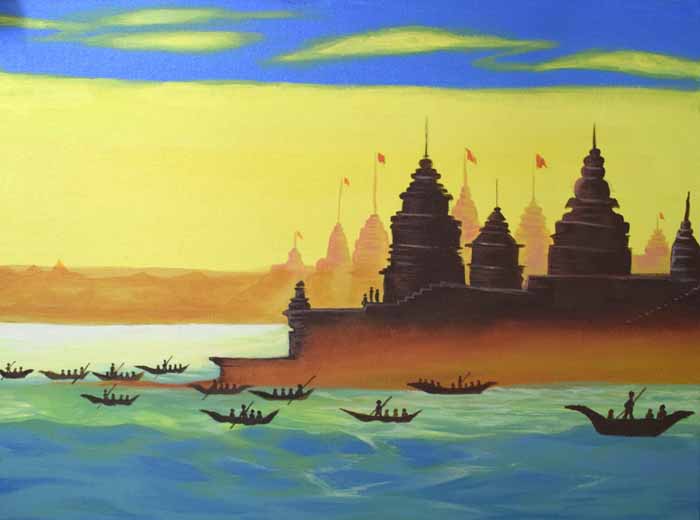
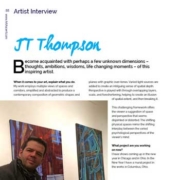
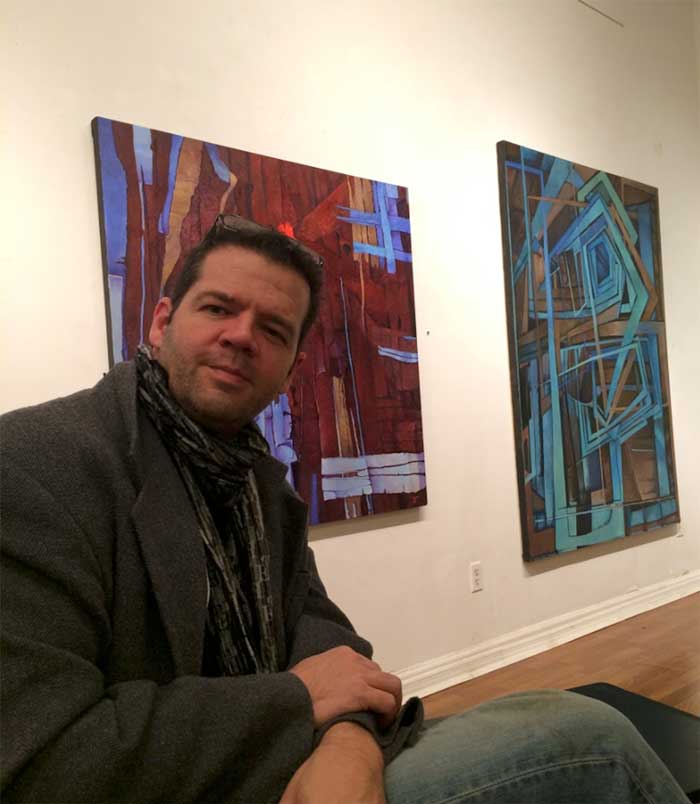
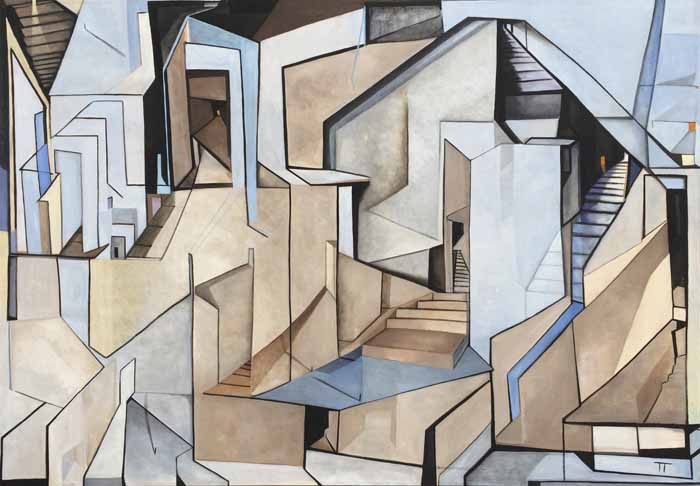
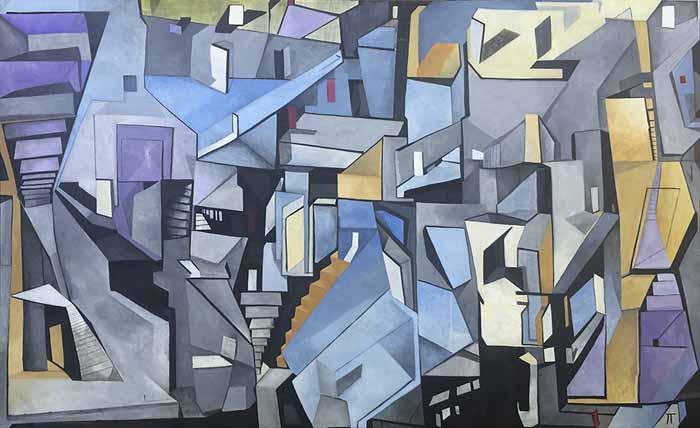

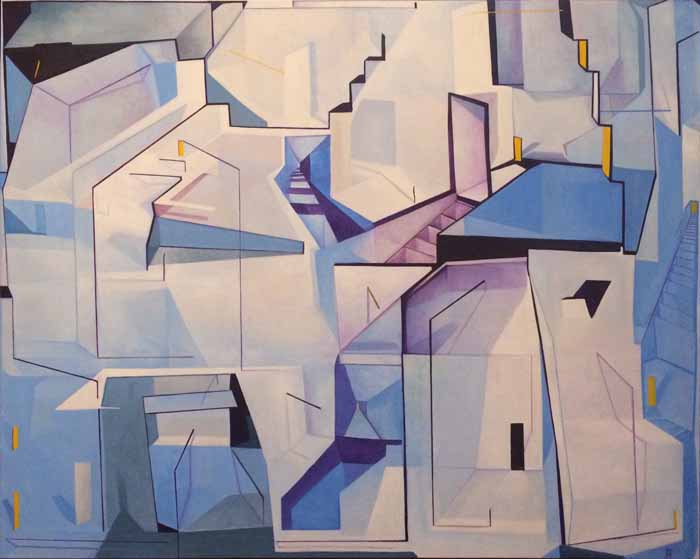
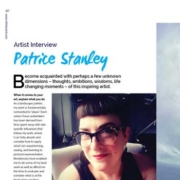

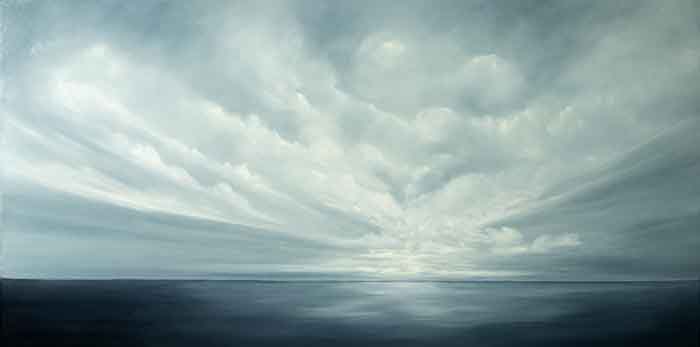
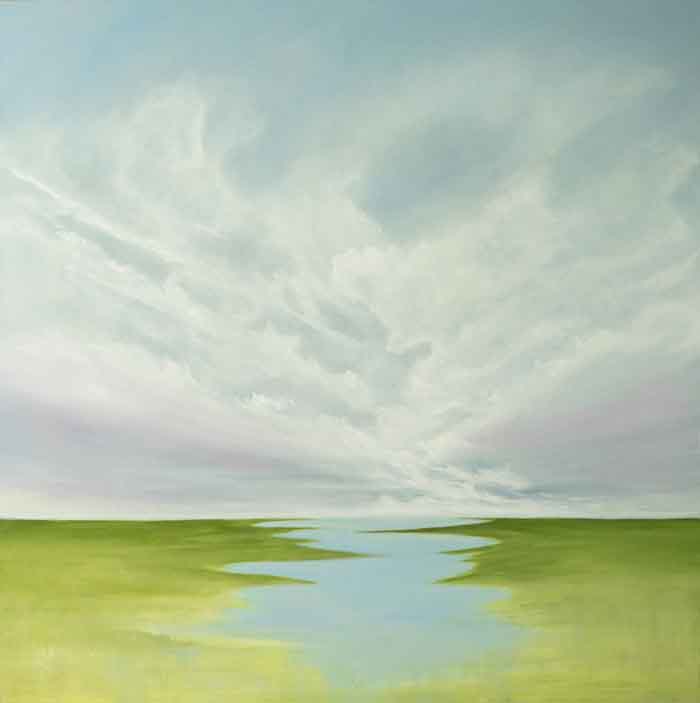
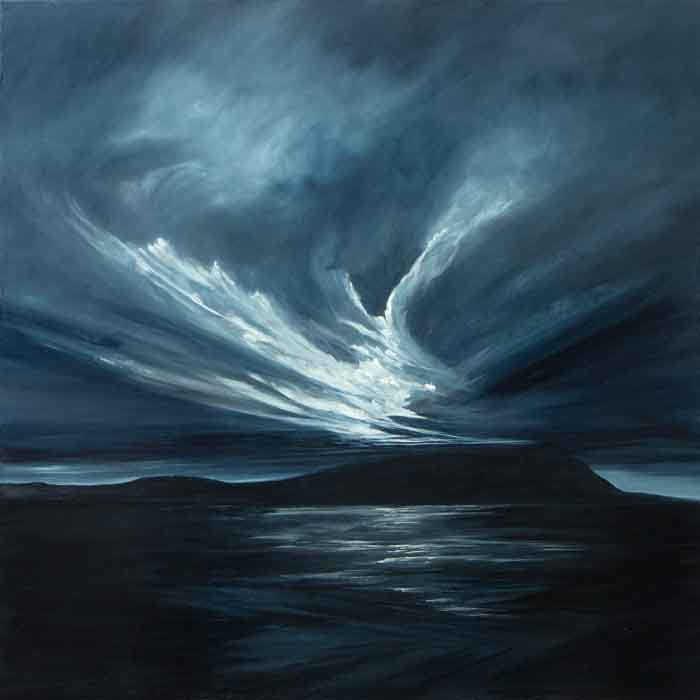
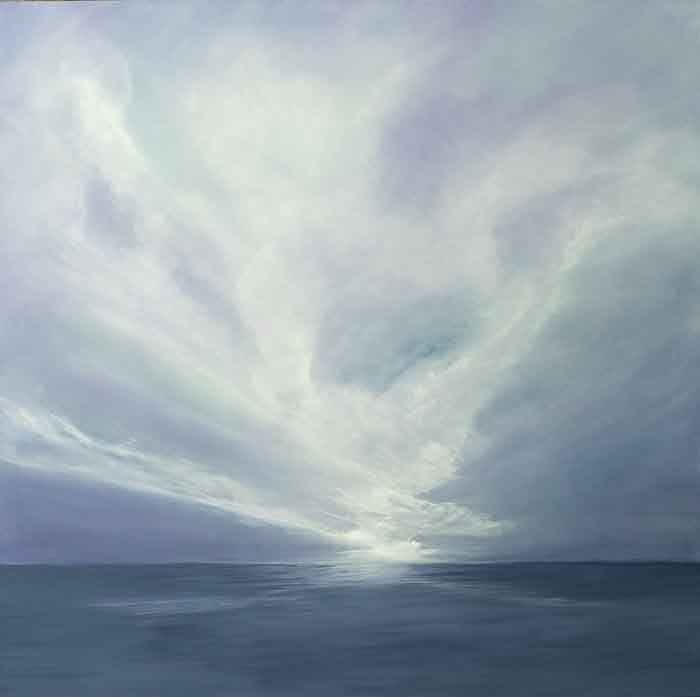
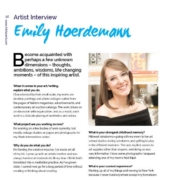
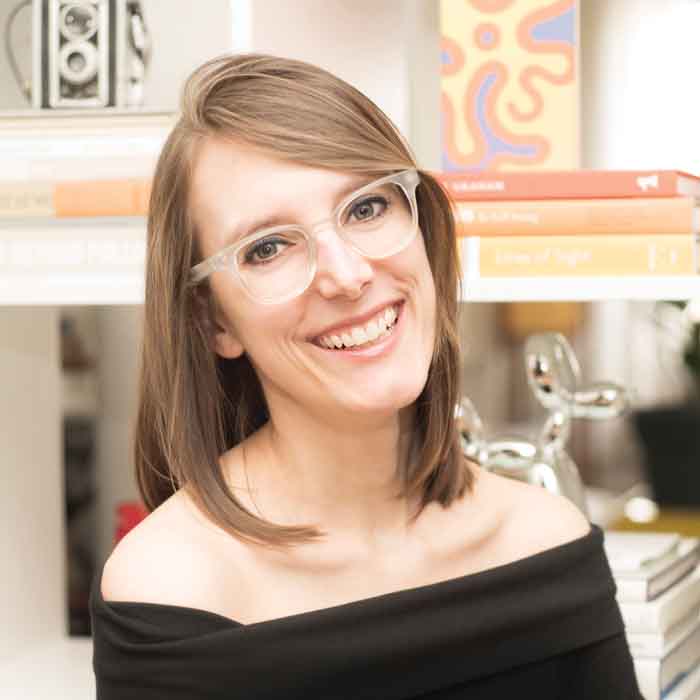
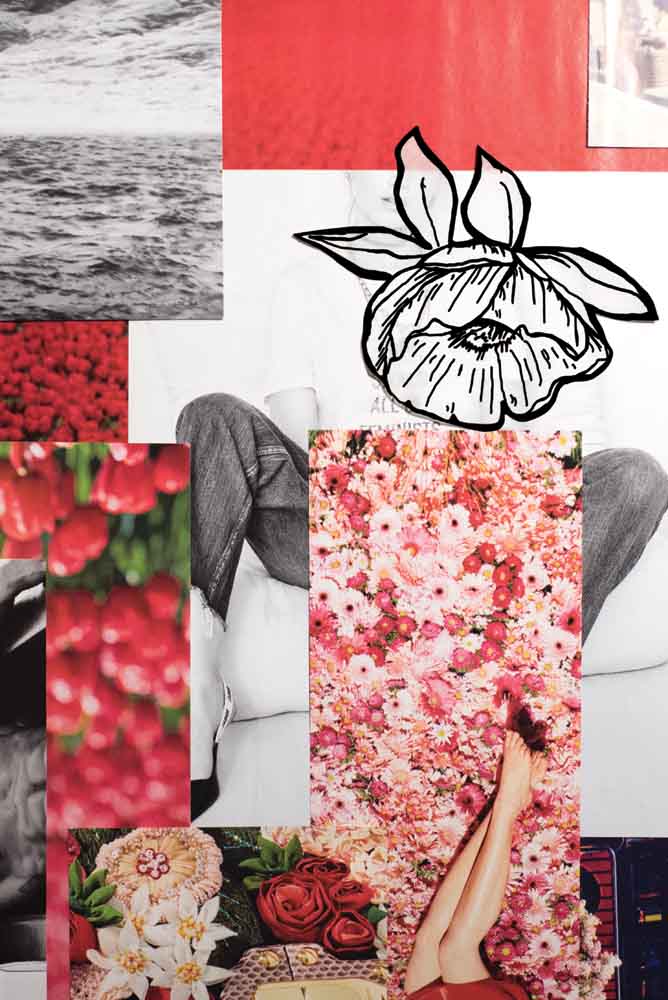

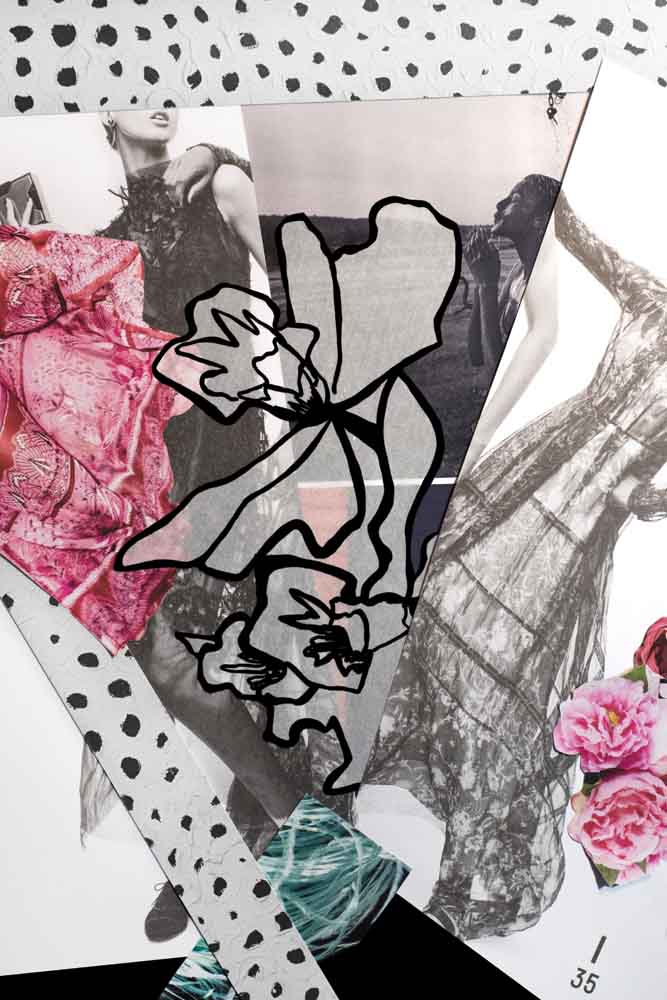


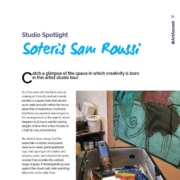

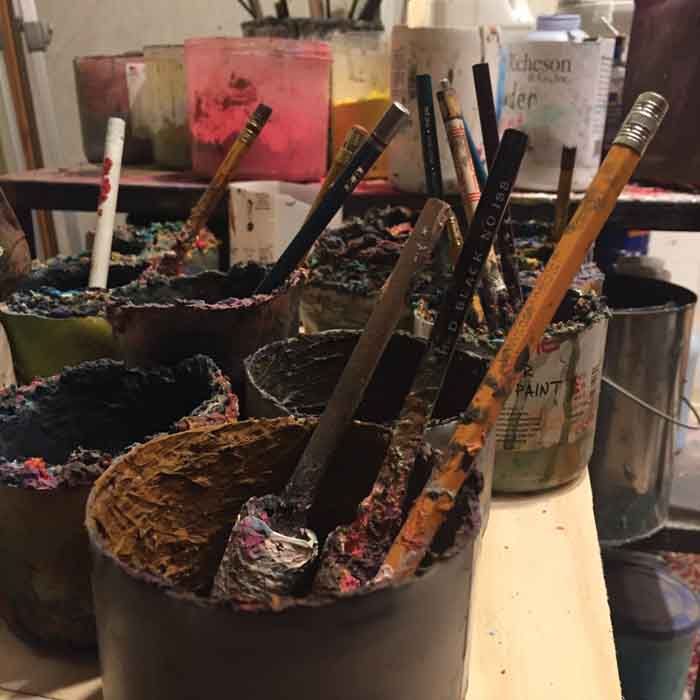
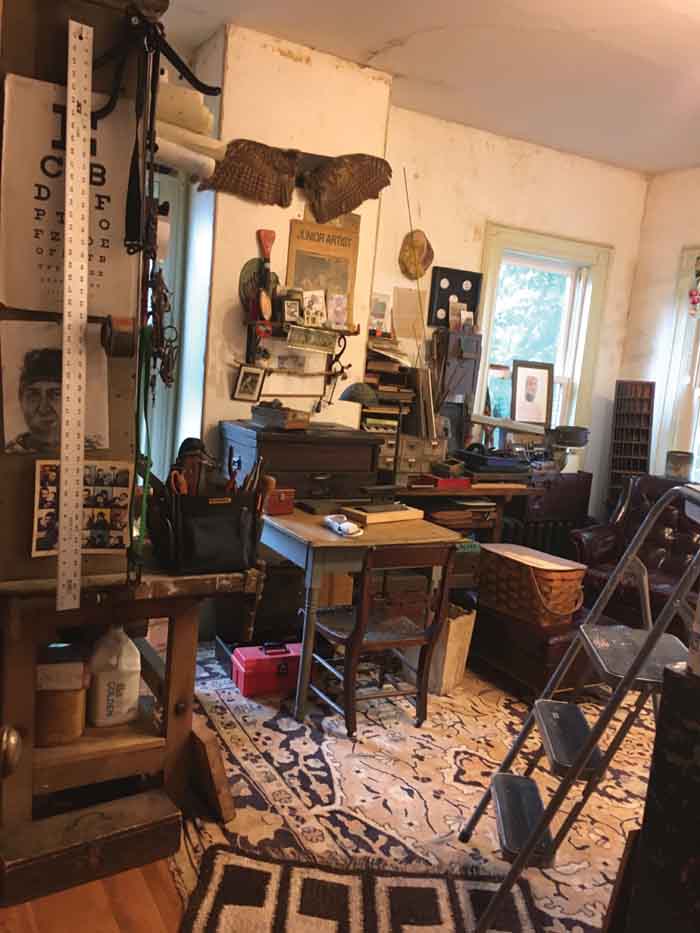


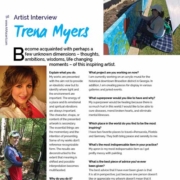




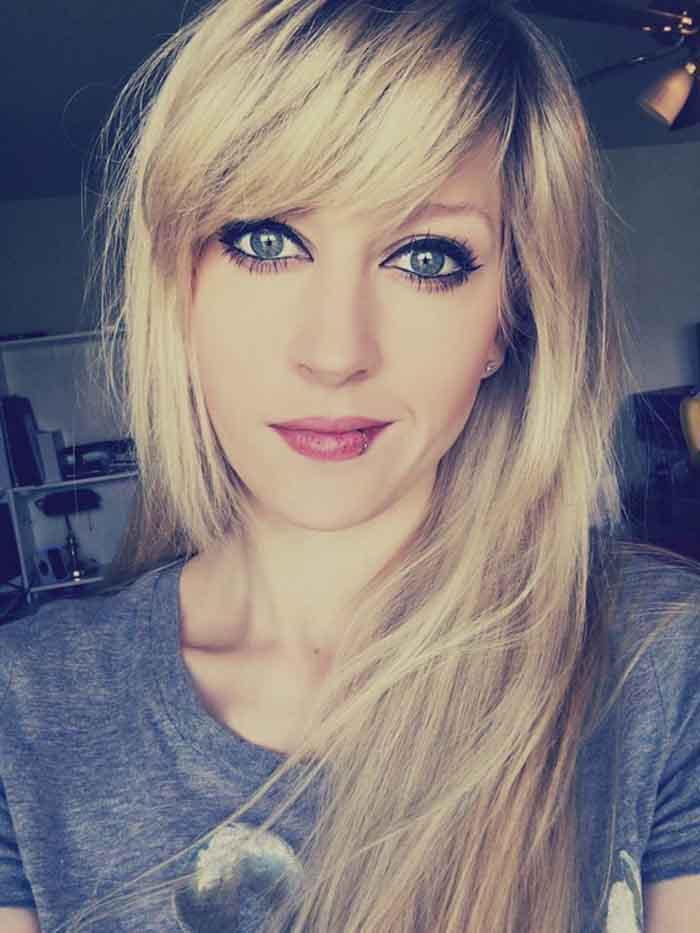
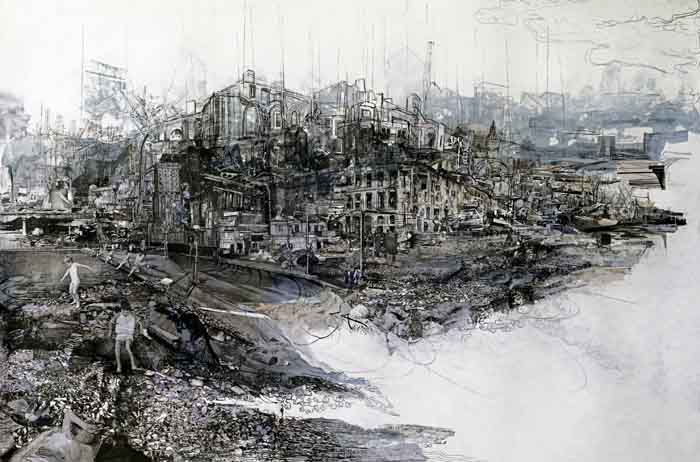
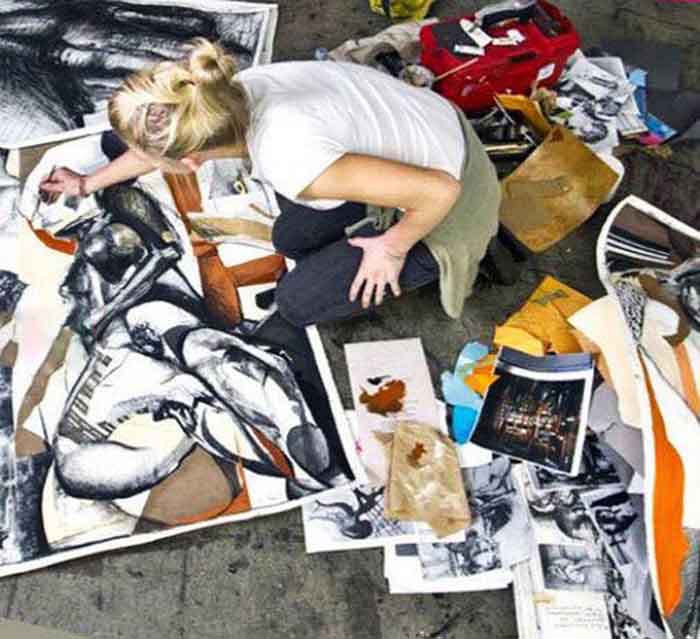
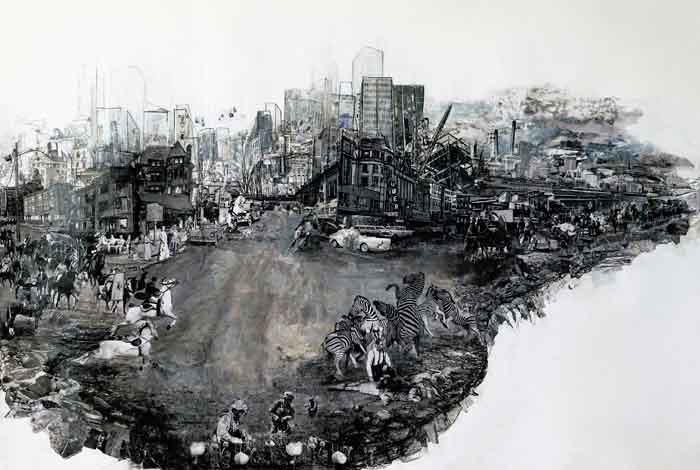


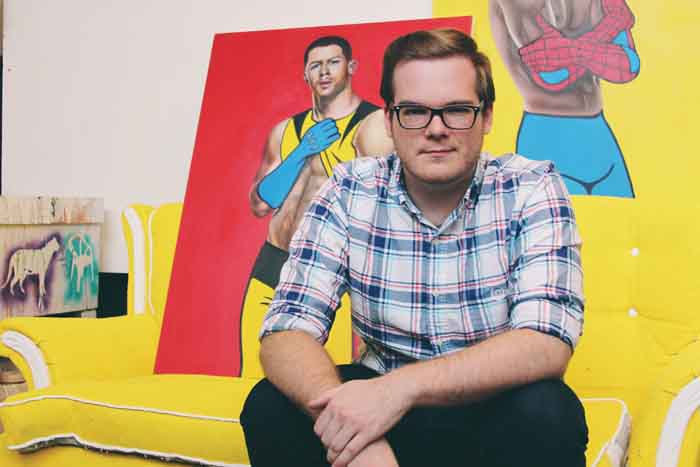
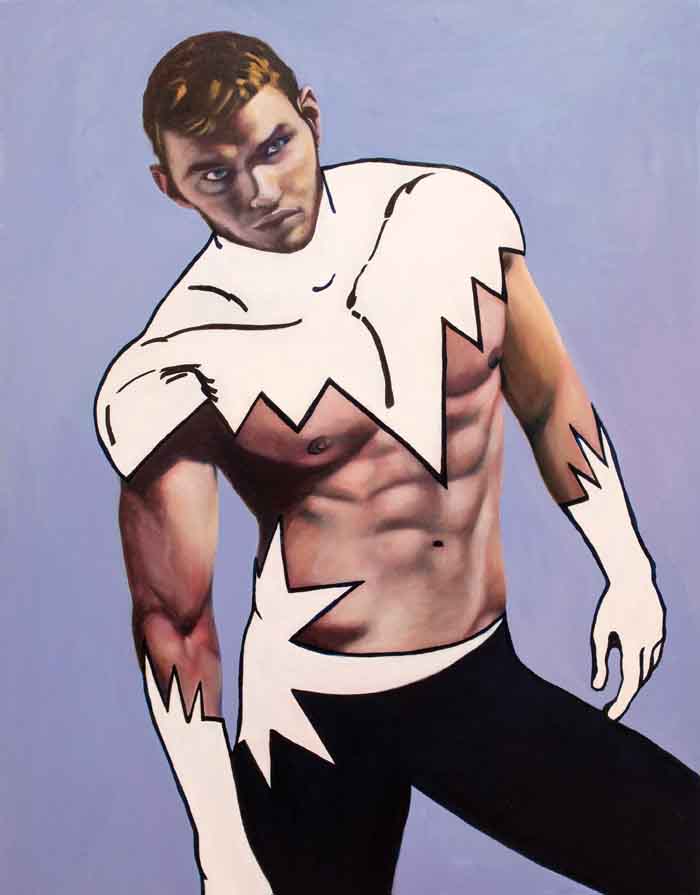

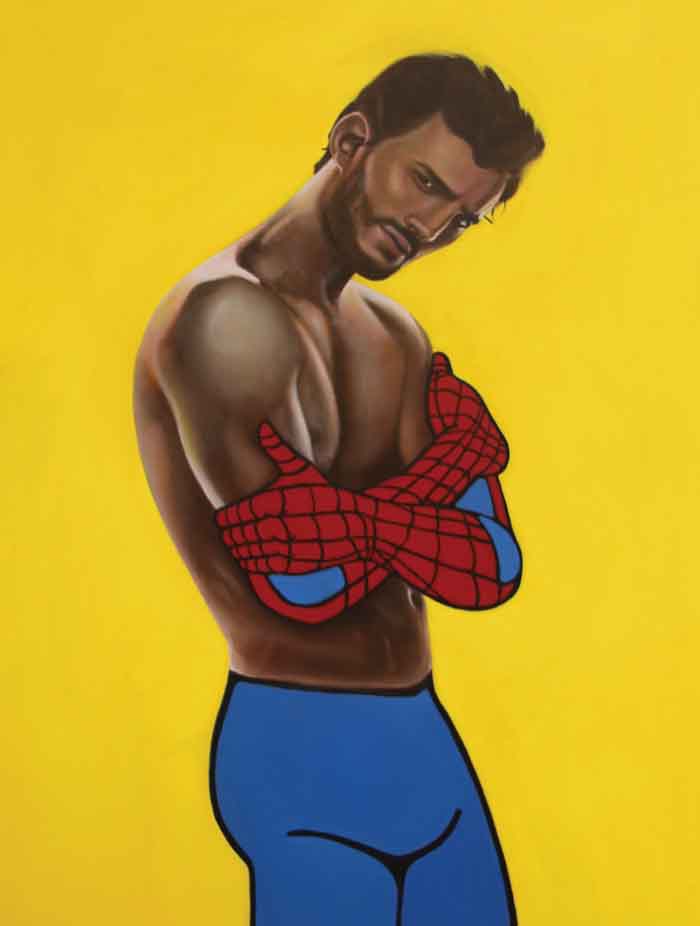
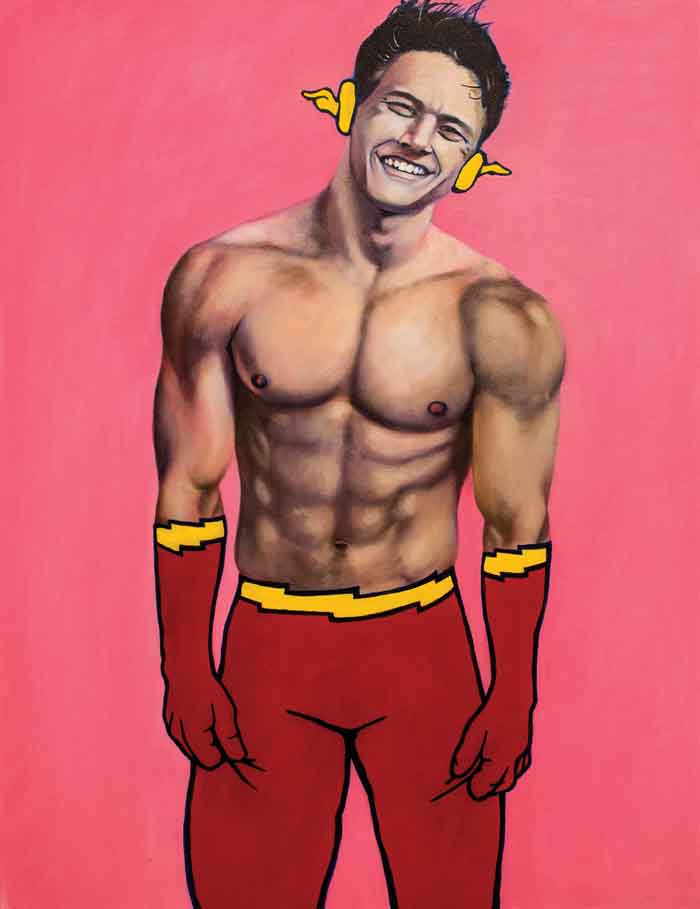

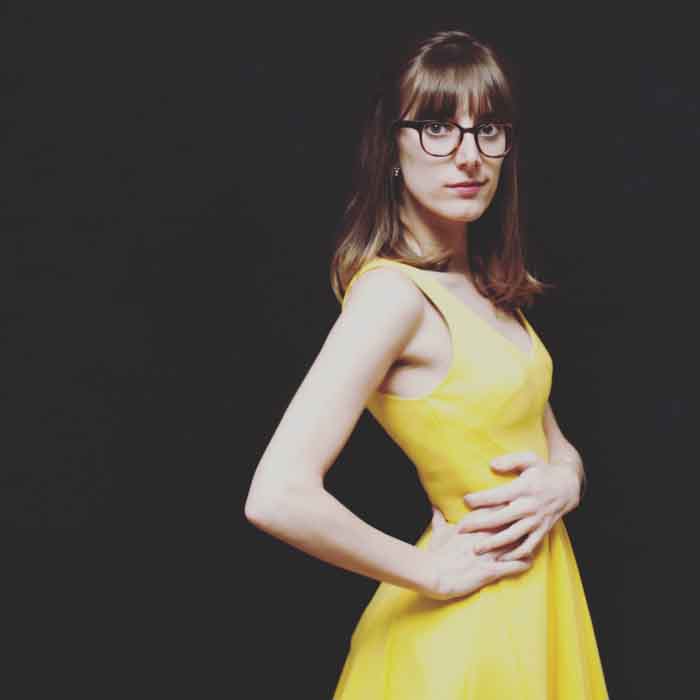
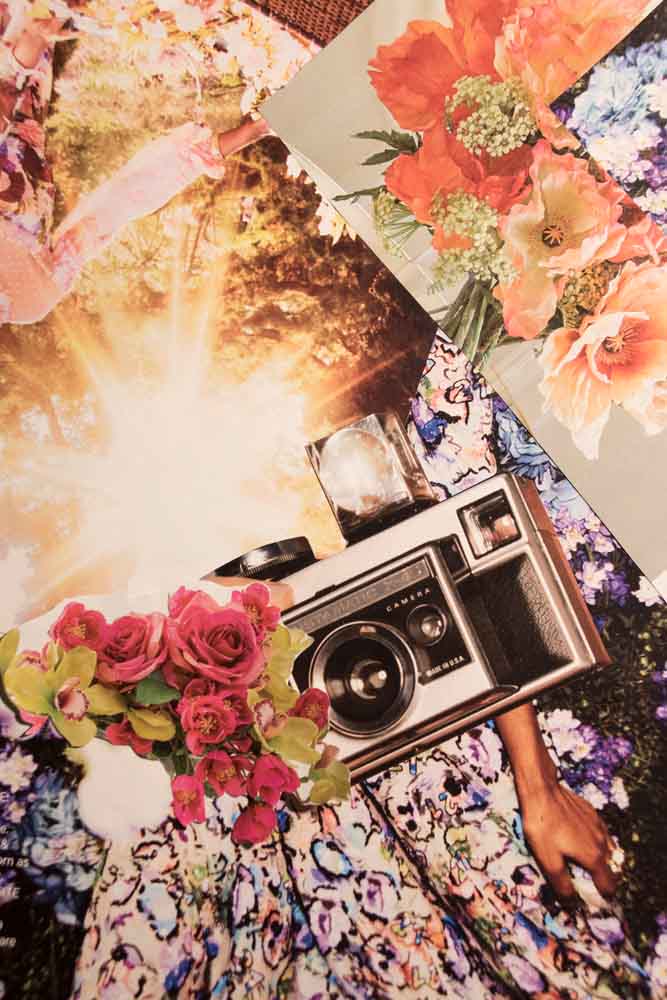
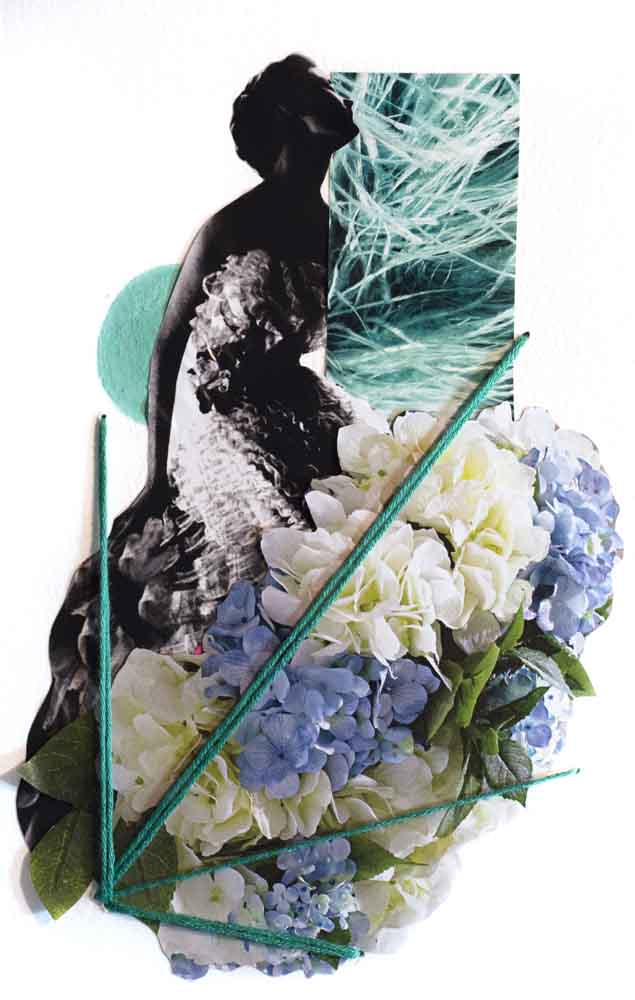
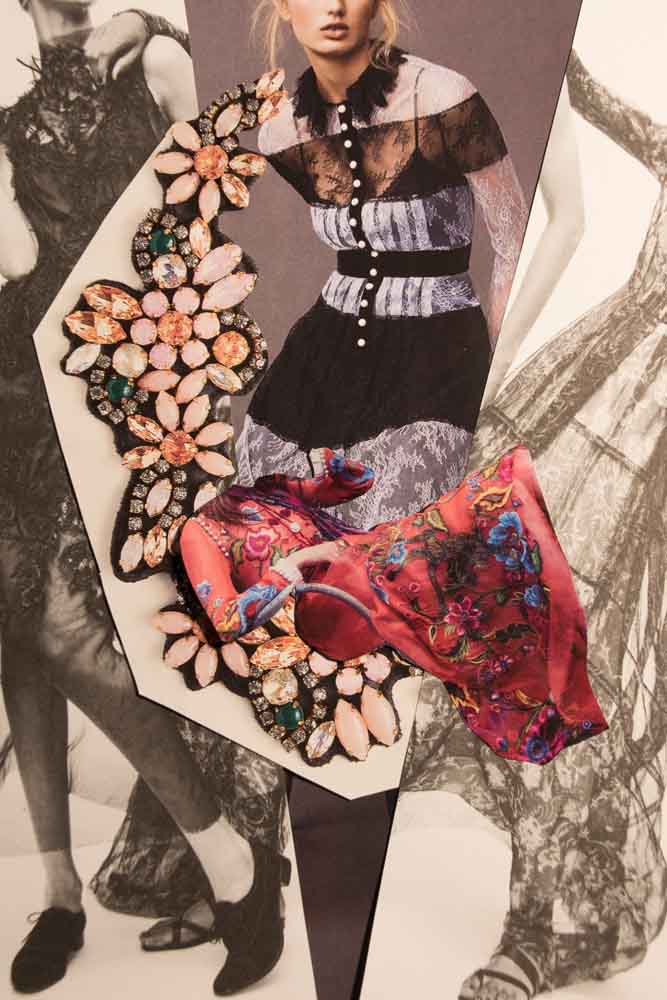

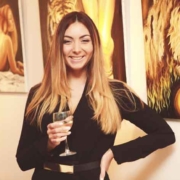
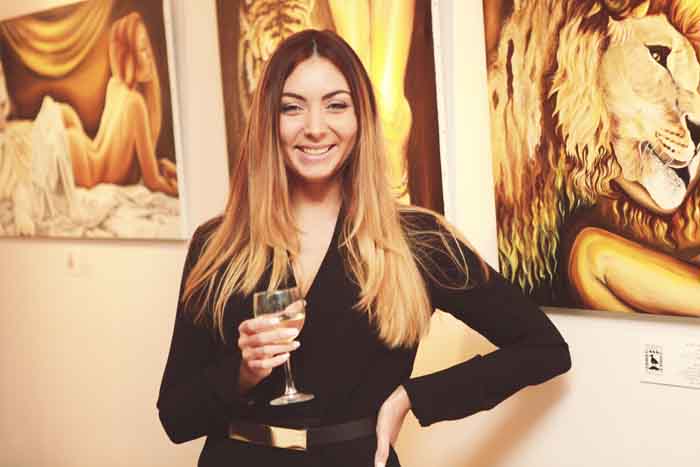
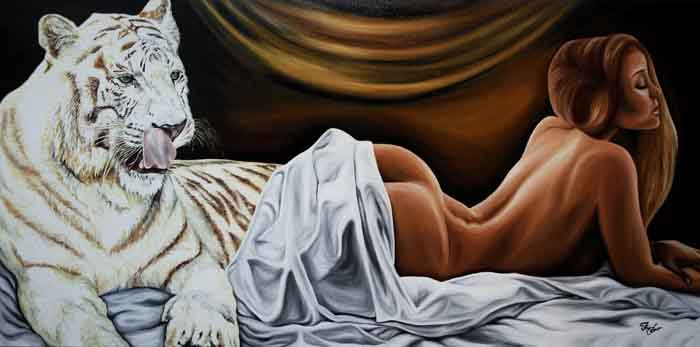

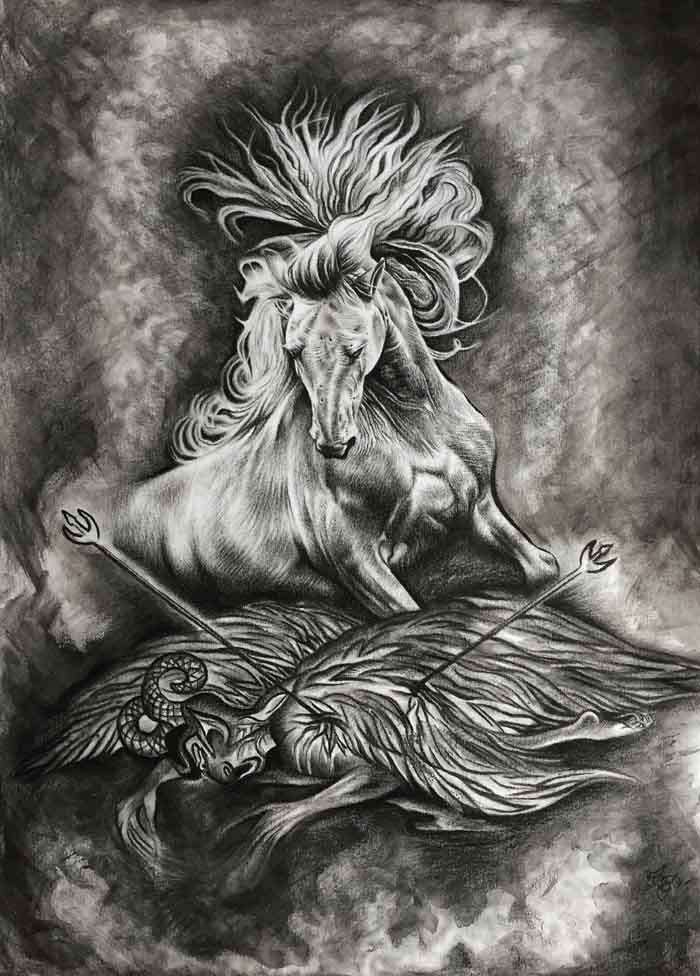
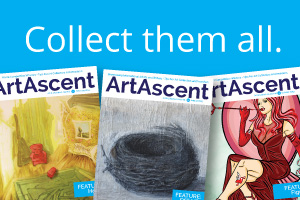

Recent Comments